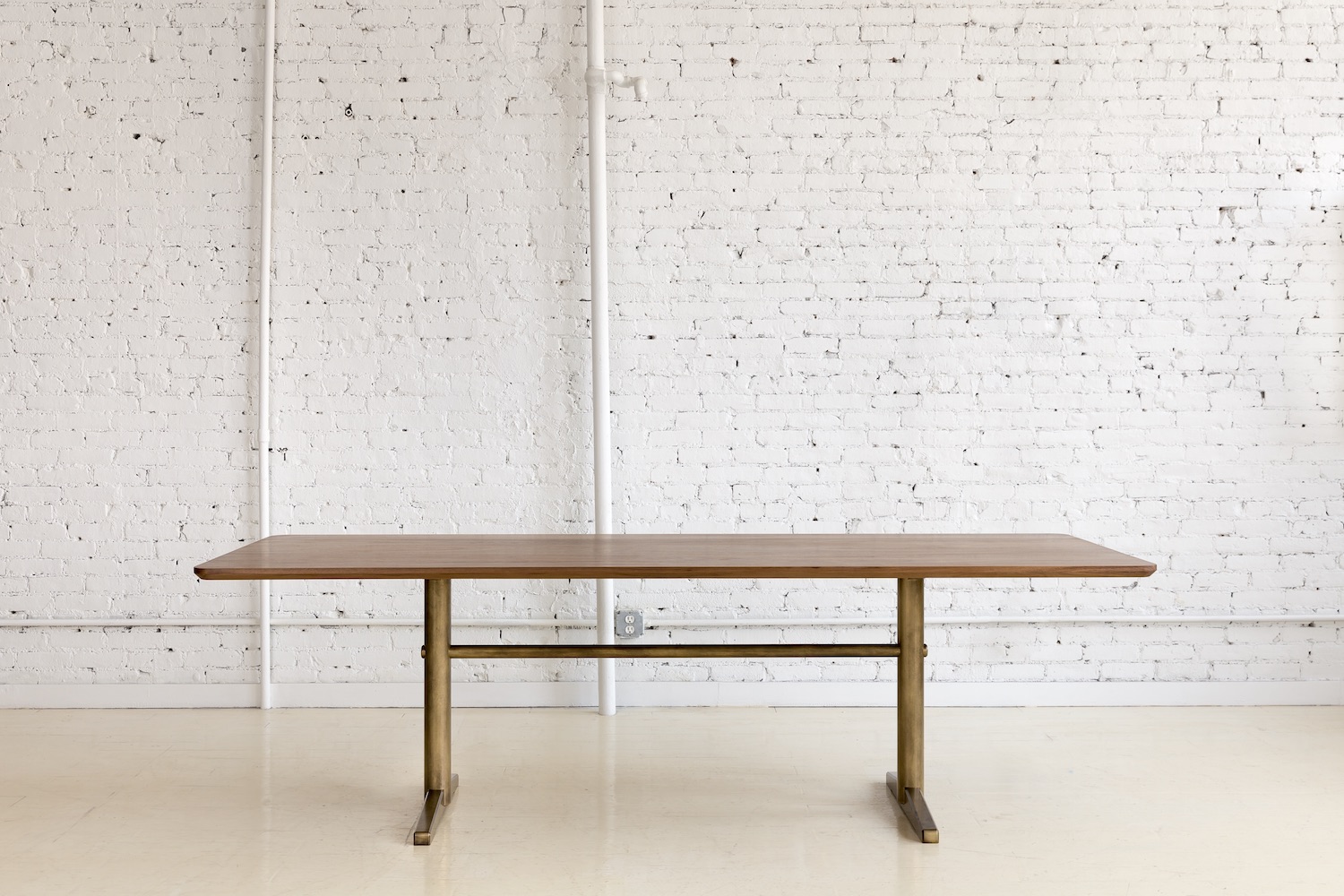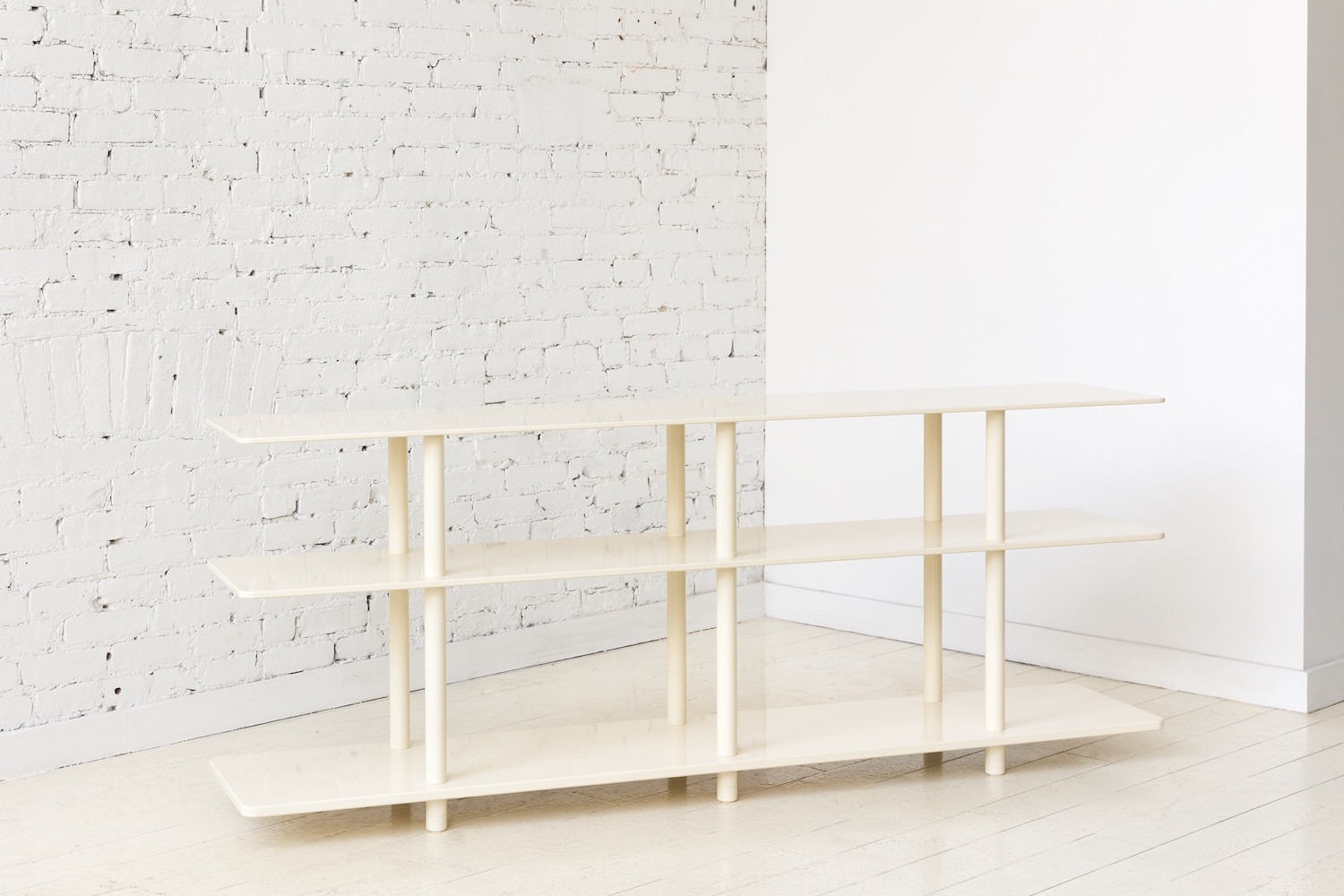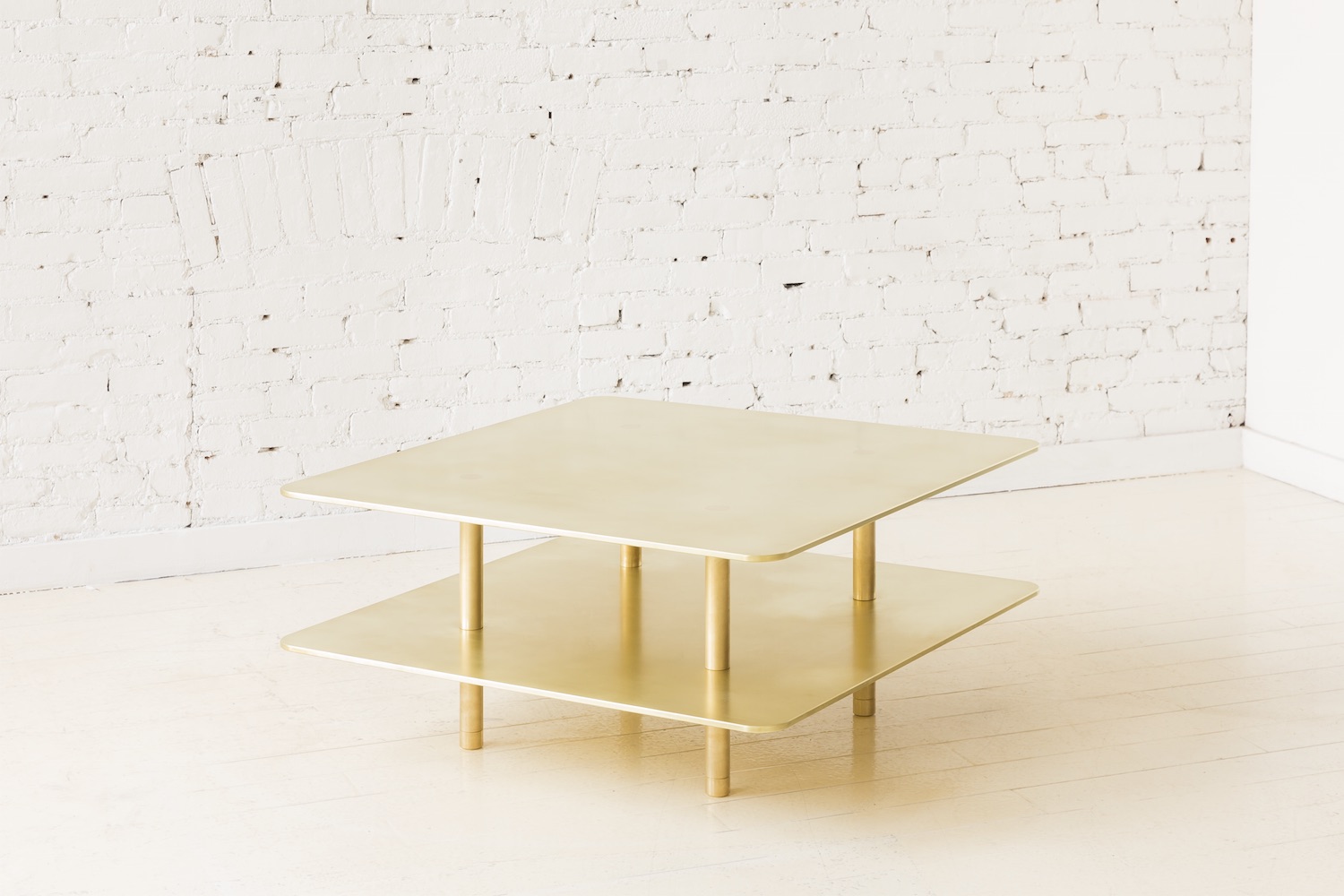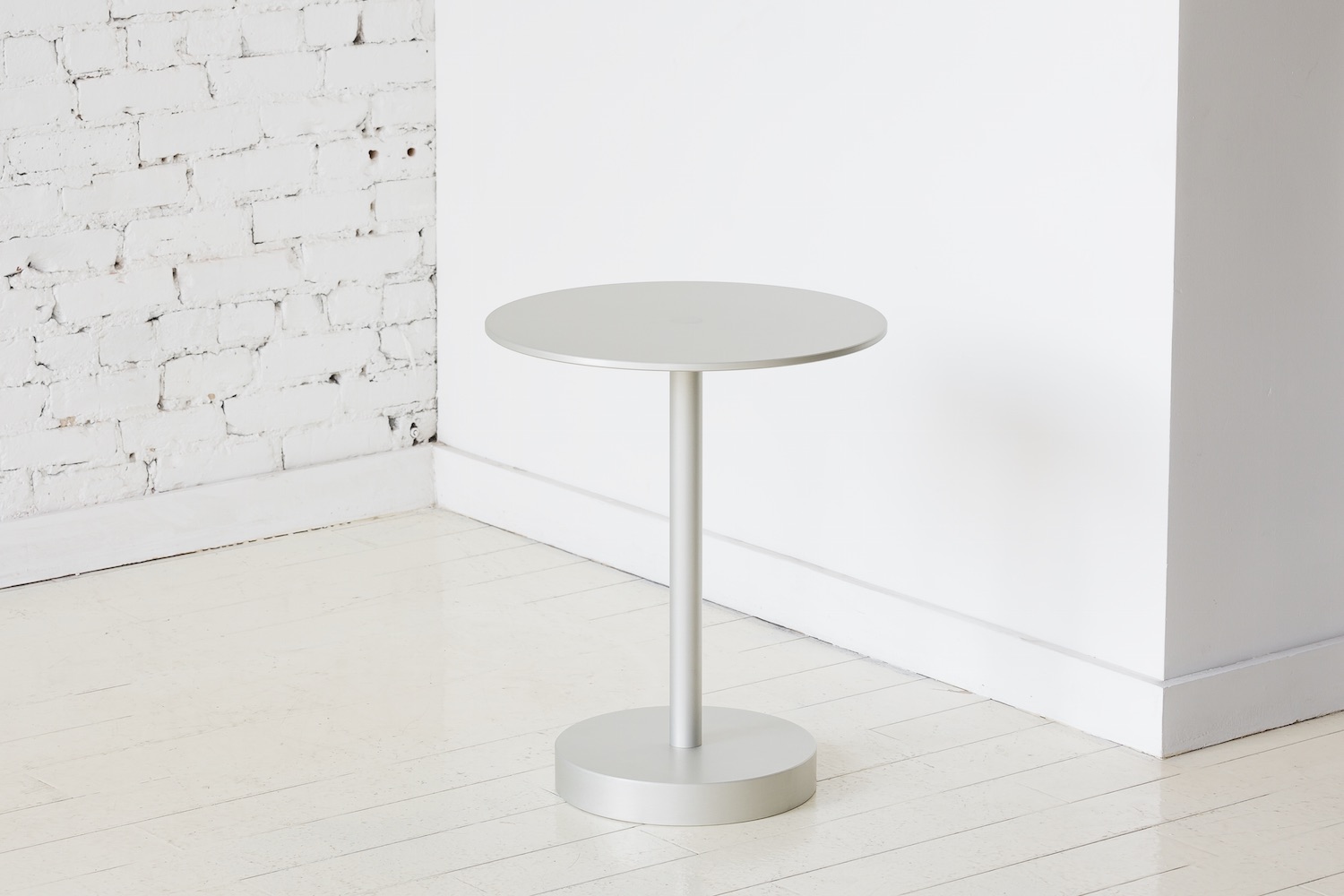In the six years since Gregory Buntain and Ian Collings founded their firm Fort Standard, the two Pratt Institute graduates have gone on to carve out a rarified niche in the furniture industry—one that combines small-scale craft and mass production. Their model is not unlike that of a luxury fashion house, which at the entry level offers aspirational products like wallets, sunglasses, and scents; in the middle, handbags and ready-to-wear; and at the top, haute couture. In Fort Standard’s case, they’re producing accessible homeware, sold through their FS Objects label; a standard (though still certainly high-end) line of furniture, including the just-launched Strata collection, made mostly of easy-to-assemble machined components produced by an outsourced factory; and a collection of limited-edition pieces, sold through Patrick Parrish gallery, combining rich materials and complex techniques. “It’s sort of the good-better-best model,” Buntain says.
Fort Standard Gets Down to Business
With its latest collection, the design firm toes the line between small design shop and big furniture company.
With its latest collection, the design firm toes the line between small design shop and big furniture company.

When the studio opened, lighting was a rather large focus. No longer. As the company grew, Buntain and Collings felt strongly that diversification was the best, most logical model for ongoing forward momentum. “We didn’t start off as businessmen,” Buntain admits. “Although, I think at this point, business plays a much larger role in the decisions we make and therefore the designs we choose to produce and put out there.” He adds, “We’ve had a bit of a struggle trying to draw the line between being a design studio that was focused on just producing exciting ideas and committing to becoming an actual furniture company. We’ve always had that conversation going on in the background about whether or not we want to really build a furniture company.”

The Strata collection, which debuted earlier this month in a weeklong solo exhibition called “Moments of Discovery,” captures this particular juncture for the firm. Balancing the cultural and commercial aspects of Fort Standard’s work, it’s industrially made but still has a sense of soul. Thus far consisting of a raw-brass coffee table, an anodized-aluminum side table, and a low off-white powder-coated shelving unit, the Strata line uses machined rod components that, when put together, create structure and hold in place the milled metal plates. Also in the exhibition was the Pillar dining table—the first in another new series—that weds a wood top with a metal base. Of the firm’s latest work, Buntain says, “The metal components get made outside of our shop, but the wood top for the dining table, for example, is still made in-house. All of the metal parts come here to be assembled before they go out, and they all get our stamp of approval. It’s a way for us to grow without taking on a lot of additional shop labor.”

While the firm may occasionally take on outside collaborations, such as last year’s 3D-printed Ico bottle opener for Othr or an upcoming project with the German camera maker Leica, their primary focus remains building out their standard line and gallery pieces. Buntain expects they will debut a “more rounded-out” Strata collection at a trade show next year.

Much of this more recent business-minded strategy, Buntain says, is a response to seeing other designers “making furniture and other designs that felt similar to what we were doing. We wanted to do something that was not only impossible to knock off, but something that most people probably wouldn’t even attempt to try to do.” With the “Qualities of Materials” presentation that debuted at Collective Design Fair in 2016, they started in this effort—albeit in a very rarified way. “People aren’t necessarily buying our $70,000 stone cabinet every day,” Buntain says with a laugh. Now, with the Strata line and the Pillar dining table, he feels they’ve created a “more reserved approach” in this effort. One that suggests they can remain a small design shop and, as they continue to grow, even become a big furniture company.
(Photo: Joel Caldwell)
